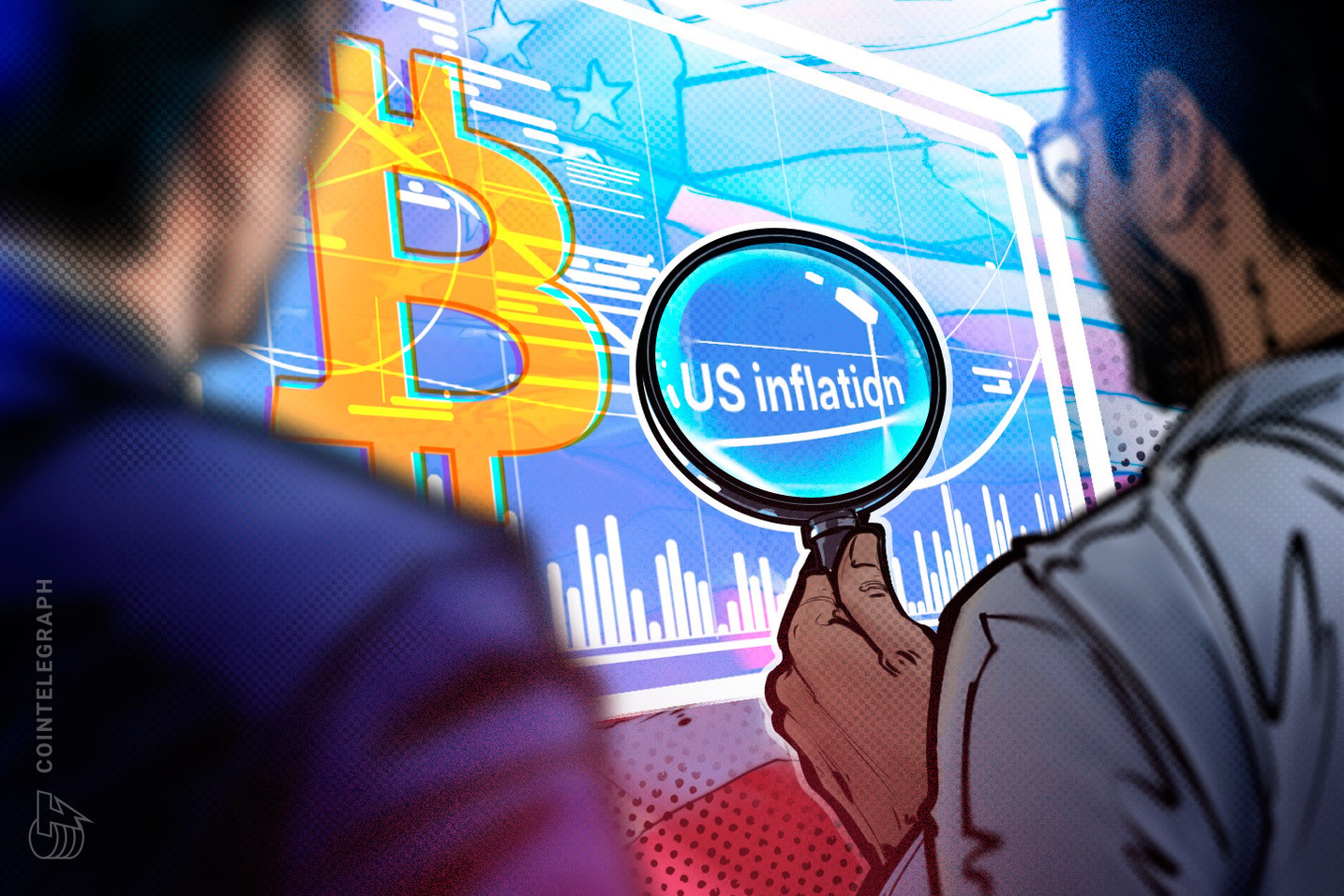Bitcoin Faces US Sellers as CPI Inflation Drops for First Time | 2025


Bitcoin Faces US Sellers Amid CPI Inflation Drop
Bitcoin (BTC) is currently experiencing a challenging phase as it encounters resistance from US sellers, despite a recent dip in the Consumer Price Index (CPI) inflation. The January CPI report, released by the Bureau of Labor Statistics (BLS), revealed a lower-than-expected inflation rate of 2.8%. This marks the first decline in CPI inflation since mid-2024, hinting at a potential easing of inflationary pressures in the economy.

Market Reaction to CPI Inflation Data
The latest Bitcoin price action indicates only a temporary relief from the impact of the CPI report. Wall Street sellers have been quick to spoil the bullish momentum that Bitcoin traders were hoping to capitalize on. The January CPI print has led to speculation about its implications for the Federal Reserve’s interest rate decisions in the coming weeks.

According to market analysts, the latest Bitcoin Daily Close suggests that the cryptocurrency is beginning to exit a recently filled CME Gap, which refers to the difference between session closing and opening levels on the CME Group’s Bitcoin futures. This gap is often viewed as a short-term price influence, and its closure could signal a shift in market sentiment.

Technical Analysis: Moving Averages and Market Trends
Trader Daan Crypto Trades has been closely monitoring the 200-day simple and exponential moving averages (SMA/EMA), which currently stand at $83,550 and $85,650, respectively. He noted, “Bulls got work to do here to get back above the Daily 200MA/EMA. Last year we had the same thing and price chopped around these levels for 3+ months.” This observation highlights the importance of these moving averages as potential support and resistance levels for Bitcoin’s price.

Implications for Federal Reserve Policy
Continuing on the macroeconomic theme, trading firm QCP Capital has suggested that the CPI print could significantly influence the Federal Reserve’s upcoming interest rate decision. They stated, “With inflation concerns lingering and macro risks mounting, the CPI print will be a key determinant of whether the disinflationary trend will hold, or volatility intensifies in the near term.” This indicates that the Fed’s response to inflation data will be crucial for market participants, including Bitcoin traders.

Bitcoin ETFs and Market Dynamics
In addition to the CPI data, Bitcoin exchange-traded funds (ETFs) have seen a notable net outflow of $153.87 million. This outflow was primarily driven by Grayscale’s Bitcoin Trust (GBTC), which recently offloaded 641 BTC, valued at approximately $56.45 million. Such movements in Bitcoin ETFs can have a significant impact on market dynamics, as they reflect investor sentiment and demand for Bitcoin in traditional financial markets.

Conclusion: Navigating the Bitcoin Market
As Bitcoin navigates through these turbulent waters, traders and investors are advised to remain vigilant and conduct thorough research before making any investment decisions. The interplay between CPI inflation, Federal Reserve policy, and market sentiment will continue to shape the landscape for Bitcoin in the coming weeks. This article does not contain investment advice or recommendations. Every investment and trading move involves risk, and readers should conduct their own research when making a decision.

For more detailed insights, you can read the original article here.












